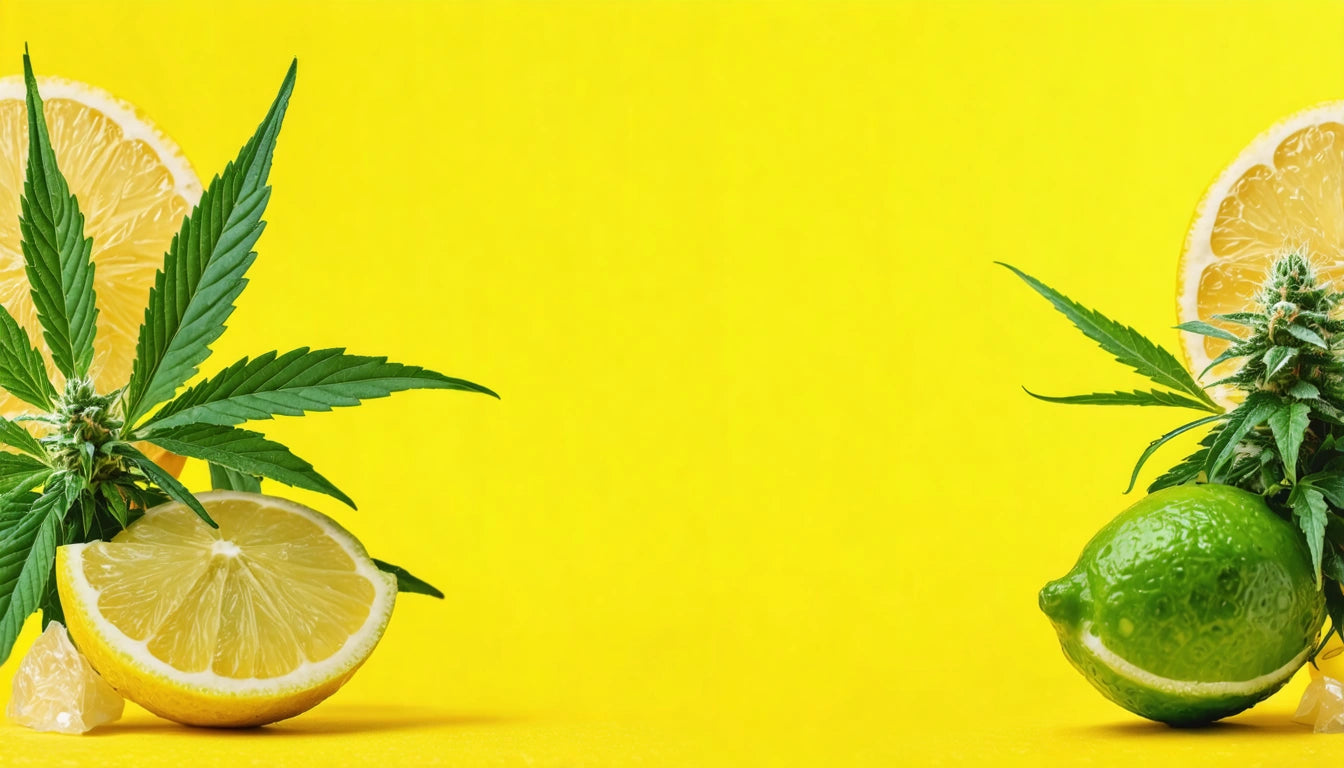Table of Contents
Is Durban Poison an Indica or Sativa? Understanding This Popular Strain
Cannabis consumers often ask whether Durban Poison is an indica or sativa when seeking specific effects from their experience. This distinction matters significantly for both recreational users and medical patients looking for particular benefits. Understanding the true classification of popular strains helps consumers make informed choices aligned with their desired outcomes.
Durban Poison Classification: Pure Sativa Genetics
Durban Poison is classified as a pure sativa strain, making it relatively rare in today's cannabis market dominated by hybrids. Unlike many contemporary varieties that blend indica and sativa genetics, Durban Poison maintains its landrace purity, offering effects typical of the sativa classification. This genetic clarity contributes to its consistent performance and predictable effects profile.
According to research on cannabis strain genetics, pure landrace strains like Durban Poison represent an increasingly uncommon genetic profile in the modern cannabis landscape. Its sativa classification explains its energizing, cerebral effects that contrast with the sedative properties typically associated with indica varieties.
Origin and Lineage of Durban Poison
As its name suggests, Durban Poison originates from the port city of Durban in South Africa. This landrace strain was discovered and subsequently refined in the 1970s by American cannabis breeder Ed Rosenthal, who collected seeds from South Africa and selectively bred them to enhance desirable traits.
The strain's journey from Africa to global popularity represents a fascinating chapter in cannabis cultivation history. Unlike hybrid strains with complex genetic backgrounds, Durban Poison's lineage remains straightforward as a pure sativa that evolved naturally in its native region before being introduced to international markets.
Effects and Characteristics of Durban Poison
Typical Effects
- Energetic, uplifting cerebral high
- Enhanced focus and creativity
- Minimal body heaviness
- Mood elevation and euphoria
- Increased sociability
The best Durban Poison strain samples typically feature THC levels ranging from 17% to 25%, with minimal CBD content. This cannabinoid profile explains its potent psychoactive effects. Unlike indica strains that often induce relaxation or sedation, Durban Poison promotes alertness and activity, making it suitable for daytime use.
Sensory Profile
Durban Poison is renowned for its distinctive aroma and flavor profile, characterized by:
- Sweet, anise-like notes
- Pine and earthy undertones
- Spicy, clove-like finish
- Subtle citrus hints
These characteristics stem from its terpene composition, primarily dominated by terpinolene, myrcene, and limonene. Studies exploring cannabis strain characteristics highlight how these terpenes contribute not only to flavor but also to the strain's effects.
Medical Benefits and Therapeutic Applications
The sativa properties of Durban Poison make it particularly suitable for specific therapeutic applications:
- Managing fatigue and low energy
- Addressing depression symptoms
- Improving focus for ADHD patients
- Stimulating appetite
- Providing daytime pain relief without sedation
Medical cannabis patients often select Durban Poison when they need symptom relief without the drowsiness commonly associated with indica strains. This makes it appropriate for patients who need to remain functional and alert while managing their conditions.
Growing Considerations for Durban Poison
Durban Poison's sativa genetics influence its growing characteristics:
- Tall growth pattern (can reach 7-9 feet outdoors)
- Longer flowering period (8-10 weeks)
- High resistance to pests and mold
- Adaptability to various climates
- Moderate to high yields
Cultivators appreciate Durban Poison for its resilience and relatively straightforward growing requirements compared to more finicky strains. Its sativa growth pattern requires adequate vertical space and proper training techniques to manage height in indoor settings.
Popular Variations and Related Strains
While pure Durban Poison maintains its landrace characteristics, several derivatives and related strains have emerged:
- Cherry Durban: Adds fruity notes to the classic profile
- Durban Cookies: Crosses Durban Poison with Girl Scout Cookies
- Durban Thai: Blends Durban Poison with Thai sativa genetics
- Poison Haze: Combines Durban Poison with Haze varieties
These variations maintain many of Durban Poison's sativa qualities while introducing new characteristics. For consumers wondering about indica or sativa classifications of these derivatives, resources explaining strain origins can provide clarity on their genetic makeup.
Safety Considerations and Responsible Use
As with any cannabis product, safety remains paramount when consuming Durban Poison. Its high THC content requires responsible dosing, particularly for inexperienced users. Additionally, proper storage in appropriate containers helps maintain potency while ensuring safety.
The cannabis industry has adopted stringent safety standards, particularly regarding packaging. As safety regulations for potentially harmful substances emphasize, proper containment using child-resistant packaging is essential for preventing accidental ingestion, especially in households with children.
Whether Durban Poison is consumed as flower, concentrate, or edible products, understanding its sativa properties helps users anticipate effects and consume responsibly. Its energizing nature may not be suitable for evening use or for those sensitive to anxiety-inducing effects sometimes associated with sativa strains.
For those seeking the best Durban Poison strain experience, starting with a low dose and understanding its sativa classification provides the foundation for a positive outcome. This approach allows consumers to appreciate the unique qualities that have made this South African landrace a mainstay in cannabis culture for decades.











Leave a comment
All comments are moderated before being published.
This site is protected by hCaptcha and the hCaptcha Privacy Policy and Terms of Service apply.